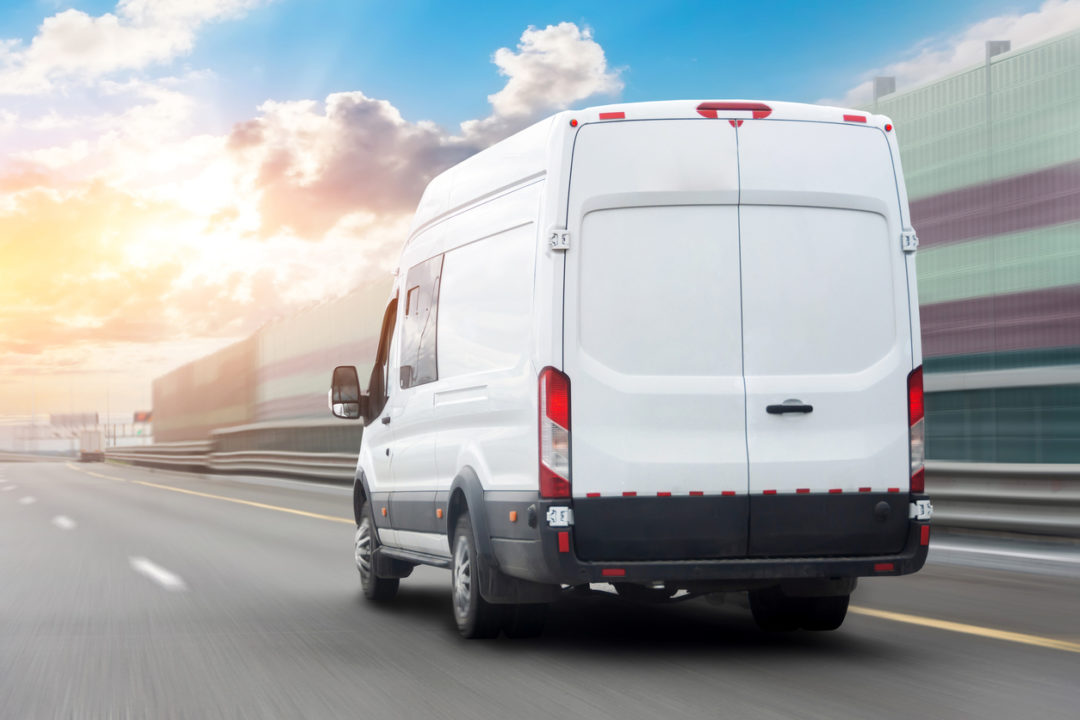
Recently, the last-mile delivery process, especially within urban and suburban landscapes, is drawing closer scrutiny in terms of sustainability. While it’s logical that the increase in online shopping leads to an increase in deliveries, consumers are starting to pay closer attention to how frequently they’re seeing delivery trucks in their neighborhoods. Businesses need to confront these concerns head-on within their supply chain strategies. Fortunately, technology such as AI offers an arsenal of options to make their delivery operations not only eco-friendly, but efficient as well.
Load Optimization
Delivery density — or load optimization — entails maximizing the utilization of delivery vehicle space in order to transport as many goods as possible in a single trip. Often, delivery fleets operate below capacity due to gaps in packing insights or time constraints, resulting in not only fuel inefficiencies, but also heightened emissions per package delivered, and more trucks on the road.
Tools like AI-powered algorithms and trailer tracking technology can scrutinize diverse parameters such as parcel dimensions, weights, delivery destinations and real-time demand dynamics, to optimize truck loads. Additionally, these tools can also ensure load safety by maintaining a balanced center of gravity, and adhering to maximum weight thresholds. By optimizing load capacities, AI stands poised to curtail the number of vehicles on the road, helping to decrease emissions from deliveries.
Navigating Towards Efficiency with Route Optimization
AI-powered technology also plays a pivotal role in route optimization, a critical component of delivery efficiency. Traditionally, manual route planning methodologies don’t account for real-time variables that may impact delivery routes including traffic conditions, weather patterns and more, potentially undermining the gains from load optimization.
Route optimization technologies leverage data from several sources including GPS sensors, traffic cameras and historical data in order to recalibrate delivery routes in real time. By rerouting and identifying the most efficient delivery courses possible, AI tools empower businesses to minimize fuel consumption and emissions.
Predictive Analytics: Anticipating Avenues and Demands
Predictive analytics can be a significant source for finding greener delivery options and efficiencies. By dissecting historical data and consumer behavior patterns, these tools can forecast future demand and anticipate trends with precision. For example, while it’s easy for businesses to prepare for peak season around the holidays, no one could have predicted the demand for Stanley Cups or the next trendy clothing item Taylor Swift wears. Except AI. Armed with mountains of data on consumer buying trends, predictive analytics solutions can arm businesses with the insights needed to pre-emptively structure not only inventory, but delivery schedules and resources.
Furthermore, predictive analytics enables businesses to anticipate shipping outcomes — from porch piracy to weather delays — and offer tailored solutions to avoid delivery hiccups. For example, in an area plagued with consistent porch piracy, shippers can offer secure delivery lockers or scheduled pick-up times in order to decrease the risk of package theft. This not only improves customer satisfaction, but also trims down the environmental footprint of redundant delivery attempts.
Lastly, predictive analytics can help facilitate the dynamic scheduling of deliveries, allowing businesses to swiftly adapt to demand patterns and real-time contingencies. By optimizing delivery schedules, enterprises can streamline operations, minimize idle time, and curb overall fuel consumption.
Embracing Sustainability in Supply Chain
As consumer expectations for sustainability grow, businesses need to evaluate their supply chains accordingly. AI is emerging as a game-changer in logistics, not only for its analytics capabilities, but also in its potential to infuse last mile delivery operations with eco-friendliness and efficiency. By harnessing AI for activities such as load optimization, route planning, predictive analytics and dynamic scheduling, businesses can start to find ways to trim their carbon footprint and cater to the demand of the new eco-conscious consumer. Embracing these solutions is not only a step towards sustainability, but also a strategic imperative for enterprises navigating a landscape of escalating consumer expectations and evolving market dynamics.
Archita Prasad is VP at UPS Capital.







